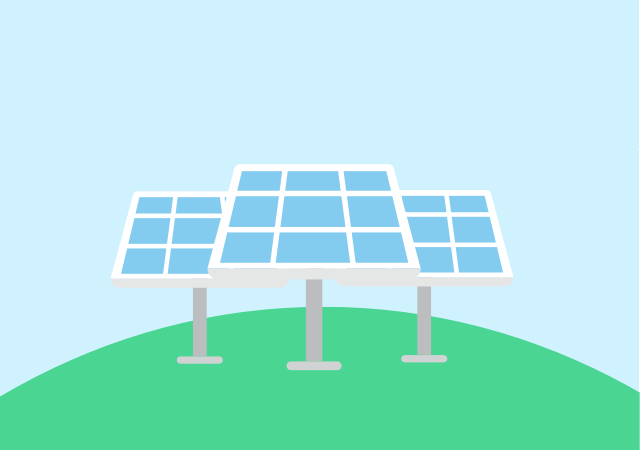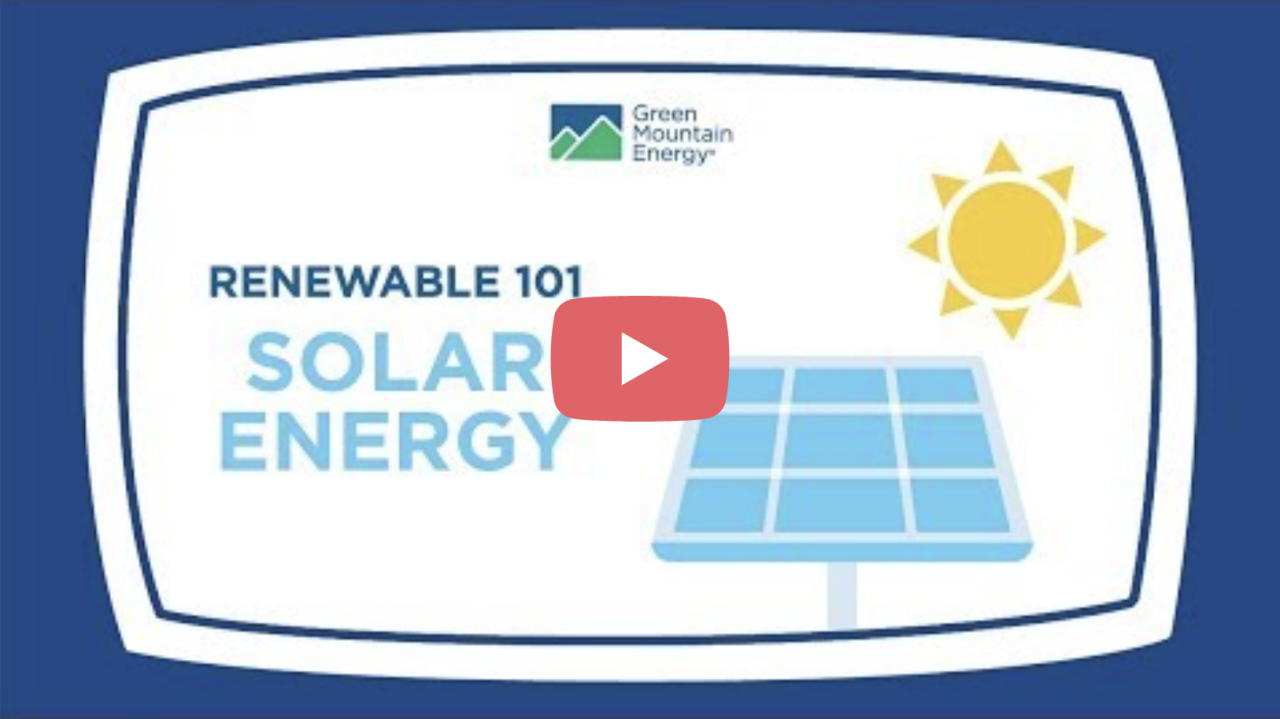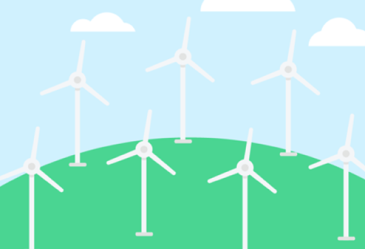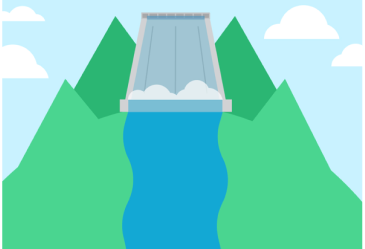-
Solar energy produces zero greenhouse gases. On top of that, it doesn’t require vast amounts of water like fossil fuels do. Conserving water and keeping the air clean? That’s a win-win for us all.



What is Solar Energy?


What is Solar Energy?
Is solar energy renewable or nonrenewable?
Renewable energy is defined as energy that comes from a source that can naturally replenish itself on a human timescale. Suffice to say, the sun won’t be going away for a long, long, long time. And as long as the sun shines, we can use it to heat, cool and light our homes and businesses without polluting our precious planet with carbon dioxide (CO2) emissions.
How does solar energy work?
When the sun shines onto a solar panel, energy from the sunlight is absorbed by PV cells in the panel. This energy creates electrical charges that move in response to an internal electrical field within the cell, causing electricity to flow.
That’s the science behind solar energy. Now for a little history.
Though humans have used solar energy to light fires and keep their homes warm since the dawn of time, we only began to understand how solar energy works in 1839, when French physicist Alexandre-Edmond Becquerel discovered the photovoltaic effect that converts sunlight into electricity. Forty-four years later, American inventor Charles Fritts developed the world’s first rooftop solar array, using selenium coating on panels to produce an electric current. But it was Albert Einstein, in 1905, who helped us understand exactly how light produces the energy that we can capture to generate electricity. The paper that Einstein wrote completely changed the way we look at light. It also won him a Nobel Prize, which we hear is pretty awesome.
Modern PV technology was pioneered in the 1950s and 1960s, when the U.S. government developed it for use in our space program. Vanguard I, the first spacecraft to utilize solar panels, was launched in 1958, and PV solar panels have been an important part of satellites and other spacefaring vehicles ever since.
How we use solar energy today.
When multiple solar panels are wired together, they form what’s called a solar array. The more panels you have, the more electricity you’ll generate. And depending on how big your array is, the solar energy that you capture has three applications: utility, commercial, and residential.
Utility solar farms
Utility-scale solar power plants supply the national electric grid with large amounts of electricity for use in homes and businesses across the country. Today, the typical solar energy plant generates as much electricity as the average small- to medium-sized coal and fossil fuel plant. However, as PV technology gets better and less expensive, future solar power plants are expected to generate electricity in line with our nation’s biggest power plants.
Commercial Solar
Commercial solar arrays are smaller than the utility-size plants. They’re usually installed by commercial property owners on vacant land, rooftops and parking structures in order to provide electricity to the businesses that occupy their buildings. Depending on weather conditions and the size of the commercial solar installation, the business may even generate more solar energy than they need on a given day, which they can sell back to the local utility.
Residential solar
Thinking about installing your very own solar array right on your rooftop? If you do, you’ll be joining the more than 2 million homes in the U.S. that generate residential solar power. Residential rooftop solar systems generate power for individual homes. Just like utility and commercial solar arrays, they’re connected to the grid and can sell back the electricity they don’t use. Since homeowners typically supplement their solar power generation with traditional electricity to meet their energy needs, during the night or on cloudy days, the electricity they send back to the grid is usually exchanged for bill credits. And now that it’s getting less expensive to install, residential solar is becoming more and more popular as a renewable energy option.
How much does solar energy cost?
Though it’s different from state to state and from commercial to residential uses, the cost of solar energy keeps going down for a few reasons. First, as the technology gets better, the materials used to make solar arrays are getting less expensive. At the same time, consumer demand is increasing due to more people learning about the benefits of solar energy for the planet.
What are the benefits of solar energy?
-
We’ve said it before, and we’ll say it again: improved technology, lower hardware costs and the demand for sustainable energy have steadily driven down the cost of solar panel systems in recent years.
-
The future shines bright for solar. The U.S. Bureau of Labor Statistics has rated solar energy as one of the fastest-growing job markets in America, with employment of solar PV installers projected to grow 51% from 2019 to 2029.
-
Homes and businesses with rooftop solar installations often see reduced electricity bills. Plus, whatever they don’t use can be sent back to the electric grid in exchange for payments or bill credits through various programs.
-
Unlike oil and natural gas, the nation’s solar supply won’t be running out anytime soon. As a country, we can generate solar power on our own soil without worrying about rising commodity prices, international political relations or other global factors.
- Good for business
-
Leading with sustainability sets a positive tone for businesses. According to a 2017 Cone Communications CSR Study, 89% of customers are likely to switch to a company associated with a good cause (such as operating with 100% renewable energy) given similar price and quality.
- false
-
We can’t say it enough: as long as the sun shines, we’ll have access to solar energy. Each individual has the power to help increase the demand for renewable energy generation in America.
Choose a solar energy plan with Green Mountain Energy.
When you choose a 100% solar energy plan with us, you can help build a cleaner and greener future for your community and the planet. We have several solar energy plans that can meet your electricity needs without installing a single solar panel, plus green tools and add-ons that help you reduce your carbon footprint even further.
We make it simple to choose 100% clean electricity made from renewable sources like solar energy. Let’s build a cleaner, greener tomorrow together.
This page is for general educational purposes only. Green Mountain Energy product offerings do not include all of the renewable sources shown.
Explore more renewable energy sources:
Our customers have avoided
pounds of CO2
That’s like planting
new trees.




